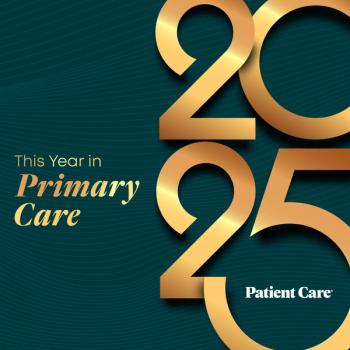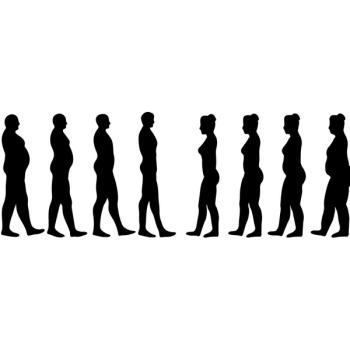
Cluster Headache, Migraine Show Strong Links to the Circadian System: Meta-analysis
Cluster headache and migraine are described as "highly circadian at multiple levels," suggesting hypothalamus involvement and potential for new treatments, study authors say.
Cluster headache and
Investigators evaluated all available studies on
Across 16 studies, researchers found a prominent circadian pattern of cluster headache attacks in 70.5% of 4953 participants, with clear peaks between 9:00 PM and 3:00 AM. Annual peaks were observed for cluster headaches in the spring and autumn. Investigators identified 2 AM as the most common time of day for cluster headache attacks and October as the most common time of year.
Migraine also demonstrated a circadian pattern in 50% of 5385 cases identified across 8 studies, with attacks showing a clear circadian trough between 11:00 PM and 7:00 AM. The investigators described a "broad circannual peak" for migraine between April and October. They point out that while the percentage of migraine cases with a circadian pattern is lower than that for cluster headache, “it is notable in a disorder for which timing is not considered a prominent feature.”
“The data suggest that both of these headache disorders are highly circadian at multiple levels, especially cluster headache,” said study author Mark Joseph Burish, MD, PhD, of the University of Texas Health Science Center at Houston. “This reinforces the importance of the hypothalamus—the area of the brain that houses the primary biological clock—and its role in cluster headache and migraine. It also raises the question of the genetics of triggers such as sleep changes that are known triggers for migraine and are cues for the body’s circadian rhythm.”
Chronotype was highly variable in both cluster and migraine headaches, according to study authors. Among participants with cluster headache Burish and colleagues report an association between cluster headache and lower melatonin and higher cortisol levels compared with controls. Cluster headache also was associated with 2 “core” circadian genes, CLOCK and REV-ERBα. Five of the 9 cluster headache susceptibility genes identified in the GWAS were clock-controlled genes (CCGs) which have a circadian pattern of expression.
Urinary melatonin levels also were lower among migraine patients than among controls and declined further during a headache attack. Migraine, too, was associated with 2 core circadian genes, but different from those associated with cluster headache (CK1δ and RORα). Of the 168 migraine susceptibility genes found in the GWAS analysis, Burish et al said 110 were CCGs.
Writing in an accompanying editorial, Heidi Sutherland, PhD, and Lyn Griffiths, PhD, both from Queensland University of Technology, Australia, point out that while the study does not appear to have immediate clinical implications, it provides a way to think about how chronobiologic factors could affect treatment for both types of headache.
Treatments known to regulate and improve sleep and have been proven safe and simple to introduce, for example, could be effective for persons susceptible to “circadian misalignment or sleep disorders,” known to be triggers for both cluster headache and migraine, they note. “Furthermore, chronobiological aspects of any pharmacological interventions should be considered, as some frequently used headache and migraine drugs can modulate circadian cycles and influence the expression of circadian genes (eg, verapamil), or have sleep-related side effects," they add.
Among limitations of the study, the authors point to the fact that many studies evaluated provided no definition of a “circadian pattern.” There was also little information on factors that might affect the circadian cycle, such as medications, other disorders, or other disrupters such as shift work.
Reference: Benkil B, Kim SY, Koike N, et al.
Editorial: Sutherland H, Griffiths L.
Newsletter
Enhance your clinical practice with the Patient Care newsletter, offering the latest evidence-based guidelines, diagnostic insights, and treatment strategies for primary care physicians.






























































































































































































































































































































